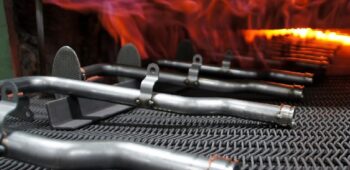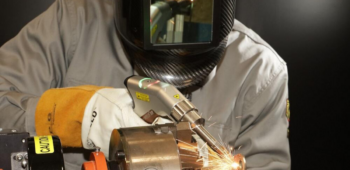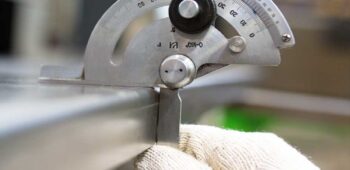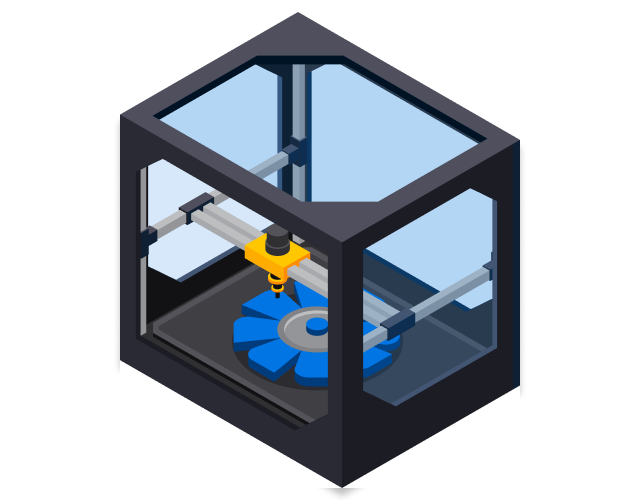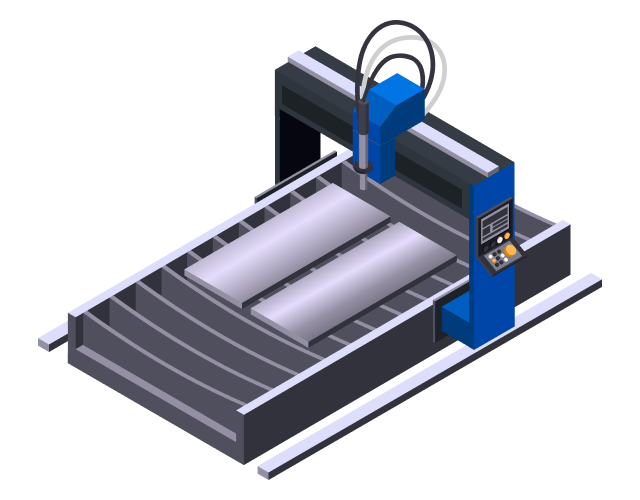Complete Guide to CNC Machining: Everything You Need to Know
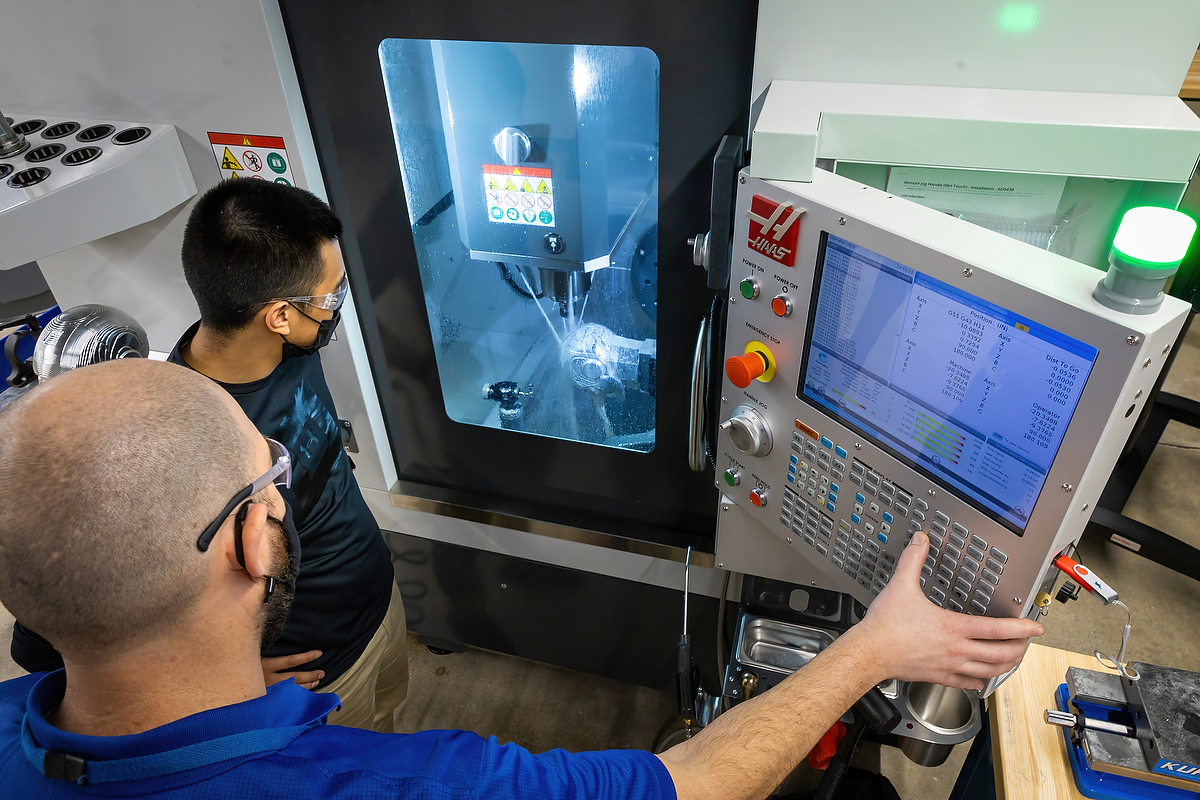
CNC (Computer Numerical Control) machining is a manufacturing process that has transformed the way parts and components are produced in modern industry. It enables high accuracy, repeatability, and efficiency in the production of complex parts. In this article, we will explore the fundamentals of CNC machining, its processes, advantages, applications, and how to choose a suitable machining service.
What is CNC Machining?
CNC machining involves the use of computer-controlled machine tools to operate and manipulate materials. Unlike manual machining, where an operator controls the machine, CNC machining uses computer programs to direct the movement of cutting tools, allowing a variety of operations to be performed automatically and with high precision.
CNC Machining Process
The CNC machining process usually includes the following stages:
- Part Design: The first step is to create the part design using computer-aided design (CAD) software. This design includes all the dimensions and specifications necessary for production.
- CNC Programming: From the CAD design, a CNC program is generated using CAM (Computer Aided Manufacturing) software. This program converts the design into instructions that the CNC machine can understand.
- Machine Configuration: The operator configures the CNC machine, including installing the appropriate cutting tool and clamping the material to be machined.
- Machining: Once the machine is set up, the machining process begins. The machine executes the CNC program instructions, moving the cutting tool and material precisely to remove material and shape the part.
- Inspection and Finishing: Finally, the machined part is inspected to ensure that it meets specifications. It may require additional finishing operations to improve its surface or accuracy.
Types of CNC Machining
There are several machining methods that can be performed using CNC, including:
- Milling: A milling cutter is used to cut and shape the material. It is ideal for jobs that require high precision and can be performed at different angles.
- Turning: In this technique, the material is rotated while a cutting tool moves along the axis, creating cylindrical shapes. It is common in the manufacture of shafts, bolts, and other rounded components.
- Grinding: It uses abrasive discs to smooth and shape the parts, improving the quality of the final surface. This process is essential for applications that require very tight tolerances.
- Drilling: It consists of creating holes in the material using drilling tools. It is essential for assembly and fastening functions.
Advantages of CNC Machining
CNC machining offers numerous advantages, such as:
- Precision: CNC machines can make cuts and adjustments to extremely tight tolerances, resulting in high-quality parts.
- Repeatability: Once programmed, a CNC machine can reproduce the same part over and over again with the same accuracy, which is essential for mass production.
- Efficiency: CNC machines work continuously and automatically, reducing production time and labor costs.
- Flexibility: CNC machines can be adapted to different designs and materials, allowing the production of a wide range of parts.
- Error Reduction: The use of computer programs minimizes the risk of errors that could occur with manual machining.
Types of CNC Milling Machines and Lathes
The automation and precision offered by Computer Numerical Control (CNC) machines have transformed modern manufacturing. Among the most commonly used tools are CNC milling machines and lathes, which are essential for machining a wide variety of materials with high accuracy. Below is a description of the various types of CNC milling machines and lathes available on the market.
CNC milling machines
Vertical Machining Center (CMV)
A Vertical Machining Center is a machine that has a spindle fixed in a specific position, while the table moves towards it to perform machining. On some models, the table can be raised to meet the spindle or, alternatively, the spindle can move vertically. These machines are known for their rigidity and ability to create components with great precision, although their working area can be relatively limited. CMVs are available in 3-axis (X, Y, Z), 4-axis (X, Y, Z, and A), and even 5-axis (X, Y, Z, A, and B) variants, allowing them to perform complex operations.
Horizontal Machining Center (CMH)
Unlike CMVs, Horizontal Machining Centers have the spindle oriented horizontally. This design is particularly suitable for series production, as it allows machining more efficiently, multiplying the production capacity up to three times compared to a CMV, as long as there is a constant flow of work. A CMH is also more expensive, but facilitates continuous production, as multiple parts can be mounted on the table, allowing the spindle to operate on the next block of material at the conclusion of the first one.
CNC Lathes
CNC lathes are specifically designed for turning operations and generally operate on two axes starting from a turntable. There are several types of CNC lathes that offer different features and advantages:
Motor Lathe
The motor lathe is a standard type of lathe that provides versatility in operations. Its name comes from the transition from a pulley drive system to one that incorporates the motor within the winch itself, improving its efficiency and control.
Turret Lathe
Turret lathes are characterized by having a tooling system that allows for more agile production. All necessary tools are loaded into the turret before operation, speeding up production times, as the turret is simply rotated to access the desired tool.
Tool Room Lathe
This type of lathe is designed for jobs where high precision and low production volume are required. As its name suggests, it is used for the manufacture of tools and dies, and is characterized by its versatility, adapting to different machining processes.
Quick Lathe
The fast lathes are ideal for light duty and feature a simple setup that includes a headstock, tailstock, and tool holder. They are perfect for fast and efficient productions of simple parts.
CNC Turning Centers CNC turning centers are advanced machines that incorporate various features, such as milling capability, turret tool stations, and sometimes a second spindle. These centers can be horizontal or vertical, each offering different advantages. In horizontal lathes, chips fall directly onto a conveyor, making cleaning easier, while in vertical lathes, gravity helps in the settling of parts on the plate. The choice between one or the other depends on the type of application and the production process required.
Common Materials in CNC Machining
CNC machining is a versatile process used to work with a wide variety of materials. The choice of material is essential, as it influences the machining technique used, the tools required and the quality of the final product. Below, we’ll explore the most common materials that can be CNC machined and their characteristics.
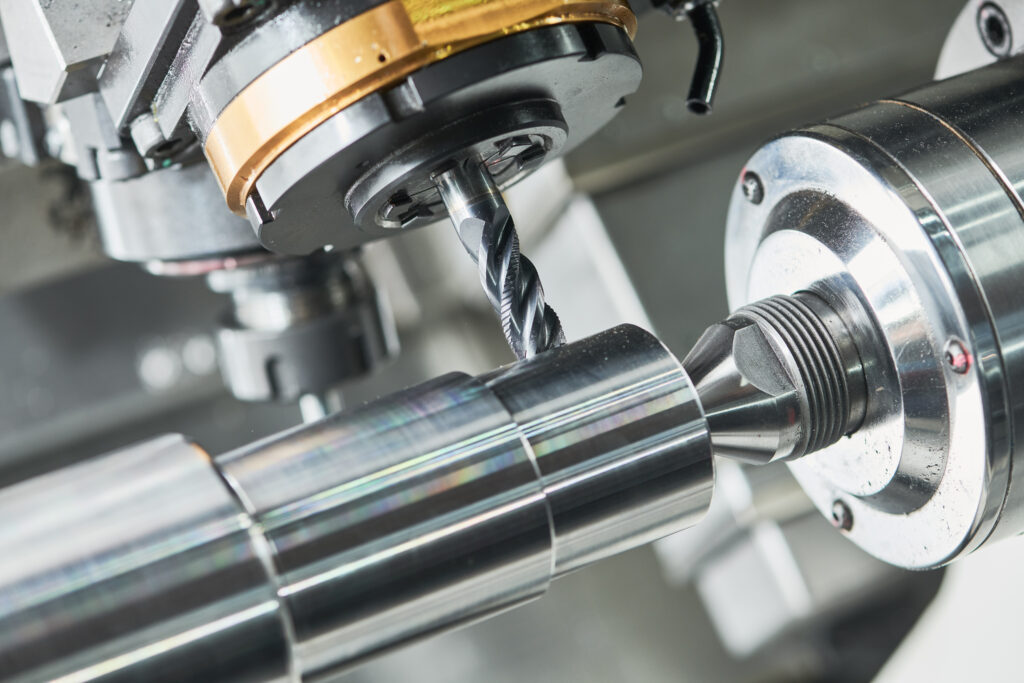
1. Ferrous Metals
Carbon Steel
Carbon steel is one of the most commonly used materials in CNC machining due to its strength and availability. It is classified into several categories (low, medium and high carbon) that determine its mechanical properties. This material is ideal for structures, tools and mechanical components.
Stainless Steel
Stainless steel is known for its corrosion resistance and durability. It is commonly used in applications that require hygiene, such as in the food and medical industry, as well as in aesthetic components. Machining stainless steel can be more challenging due to its hardness, so high-quality tools are required.
Cast iron
Cast iron is a heavy, dense material that is used in applications such as engine blocks and machinery parts. Its ability to be precisely machined makes it a popular choice, although its fragility can be a limitation in certain situations.
2. Non-ferrous metals
Aluminium
Aluminum is a lightweight material that is easy to machine, making it an ideal choice for applications in the automotive and aerospace industries. It offers good thermal and electrical conductivity as well as corrosion resistance. There are many aluminum alloys that can be chosen according to the specific needs of the project.
Copper
Copper is known for its high electrical and thermal conductivity. It is used in electrical applications, such as connectors and cables, as well as in refrigeration systems. Although it is a soft material, its machining can be tricky due to its tendency to stick to cutting tools.
Titanium
Titanium is an extremely strong and corrosion-resistant material, used in aerospace and medical applications. However, it is more difficult to machine due to its hardness and elasticity. Specialized tools and proper machining techniques are required to ensure effective production.
3. Plastics
Polycarbonate
Polycarbonate is a thermoplastic plastic known for its impact resistance and optical clarity. It is used in the manufacture of housings and components where a light and strong material is required. It is easy to machine, although it poses risks of cracking if it gets too hot.
Acrylic
Acrylic is another popular thermoplastic that is used for decorative and functional applications. It is easily machined and can be molded and cut into various shapes. Its transparency and finishing capabilities allow you to create high-quality, aesthetic products.
Nylon
Nylon is a plastic that offers good abrasion resistance and favorable mechanical properties. It is used in machinery parts, gears, and components that require durability. Its ability to be machined makes it a popular material in the manufacturing industry.
4. Composites
Carbon Composites
Carbon composites are used in applications where high strength and low weight are required, such as in aerospace and automotive. Although its machining can be more delicate, modern techniques have allowed it to be properly manipulated to create precise components.
Fiberglass
Fiberglass is a composite material that combines glass and resins. It is used in the construction industry and in consumer products. Although it is less common than metals, it can be machined with specific techniques and is valued for its lightness and strength.
Applications of CNC Machining
CNC machining is used in a wide variety of industries, such as:
- Aerospace: For the production of critical components that require high precision and strength, such as structures and engine parts.
- Automotive: In the manufacture of parts such as axles, engine blocks, and transmission components.
- Electronics: For the production of housings and internal components of electronic devices.
- Medical: In the manufacture of medical devices and high-precision surgical components.
- Construction: For the creation of structural metal parts and support systems.
How to Choose a CNC Machining Service
When selecting a CNC machining service provider, consider the following factors:
- Expertise: Make sure the company has experience manufacturing the parts you need. Review their history and previous projects. A company with a strong portfolio will be better equipped to handle the complexities of your designs and provide effective solutions.
- Technology: Research the technology that the company uses. Advanced CNC machines offer greater precision and efficiency. Ask about the types of machinery and software they use, as well as any additional processes they may offer, such as laser cutting or engraving.
- Product Quality: Check to see if the supplier has quality certifications, such as ISO 9001, that ensure they meet recognized industry standards. A good machining service must have solid quality control standards in place to ensure that manufactured parts meet the required specifications.
- Customization Capability: If your projects require custom parts, make sure the supplier can accommodate your needs. Ask about flexibility in design and the possibility of making modifications during the manufacturing process.
- Lead Times: Discuss the production and delivery times of the project. Make sure the provider can meet your deadlines and is willing to communicate any potential delays.
- Costs: Ask for detailed quotes that include all associated costs, from programming and machining to finishing and delivery. Don’t get carried away just by the lowest price; also consider the quality of the service and the components included.
- Customer Service: Evaluates the supplier’s communication. Good customer service is crucial to resolving issues and answering your concerns. A willingness to dialogue and collaborate is an indicator that you will be able to work well with the supplier.
- Reputation: Research the vendor’s reputation through online reviews, testimonials from past customers, and references. This will give you an idea of reliability and customer satisfaction.
Do not hesitate to contact EMS Group if you are considering a new project involving machining.
At EMS Group, innovation and customer satisfaction are our priority!

